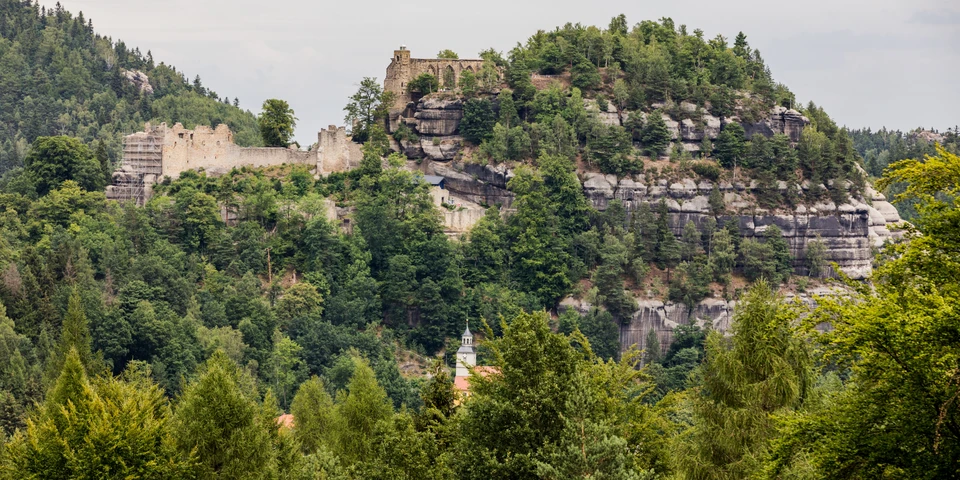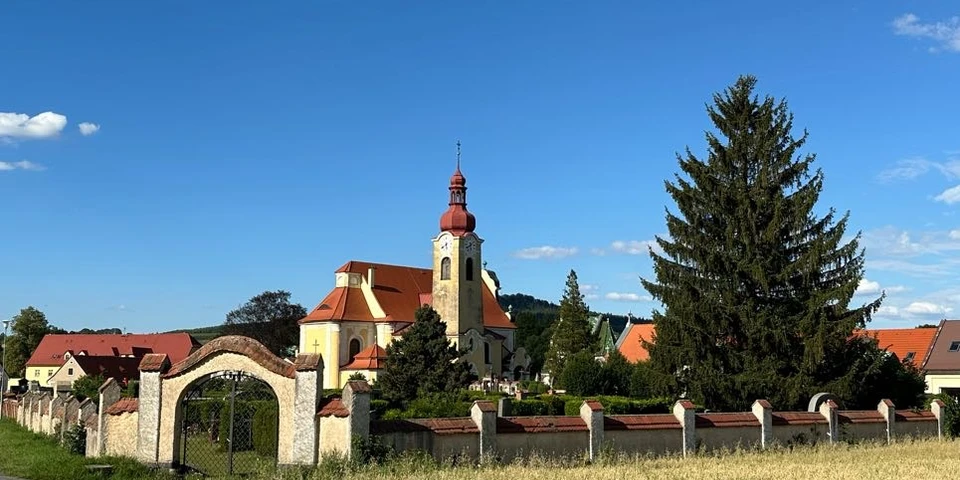Tips for a trip
The Jizera Mountains and their surroundings are home to countless hidden beauties that deserve to be shared. We will not only introduce you to the natural wonders but also to the rich cultural heritage, with a history that takes us back several centuries.
A travel guide can be:
Bohemian Paradise
It’s about a 45-60 minute drive from Libverda, but we definitely recommend extending your visit for a longer stay. Notable highlights include Turnov, famous for its Czech garnet production, as well as the charming craft alley. Be sure to check out Valdštejn Castle, Sychrov State Château, and Hrubá Skála Château. For more detailed information, you can visit the website of the Turnov Information Centre.
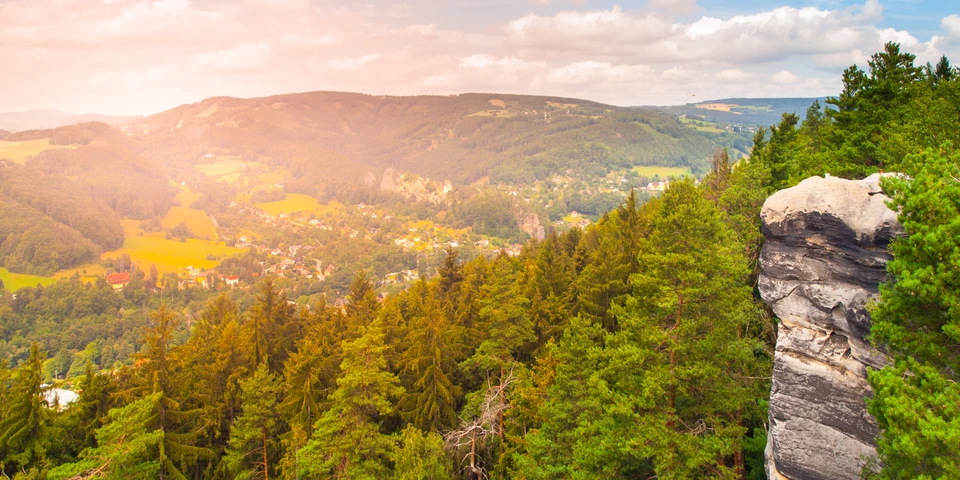
Castle Czocha
Czocha Castle is a stunning Gothic-Renaissance fortress located in southern Poland, approximately 35 km northwest of Jelenia Góra, near Lake Leśniańskie. Its distinctive appearance has made it a popular location for film directors. Constructed in the mid-13th century on the initiative of Czech King Wenceslas II, the castle served as a defensive fortress along the Czech-Polish border. Its rich history and picturesque setting make it a fascinating destination for visitors.
In 1434, Czocha Castle was occupied by the Hussites. During the Thirty Years' War, it withstood the Swedish invasions. Since 1453, Czocha Castle has been owned by the influential and wealthy Nostitz family, who ruled there for 250 years. Johann von Nostitz initiated a major reconstruction of the medieval castle into a romantic Renaissance residence in the mid-16th century.
In 1793, Czocha Castle suffered a fire, but Count Nostitz had it reconstructed in a remarkably short time.
At the beginning of the 20th century, Czocha Castle changed hands, with Ernest Gütschow from Dresden becoming the new owner. After World War II, the castle was nationalized and transformed into a holiday resort for prominent members of the Polish People's Army.
Tourists are offered a tour of the most architecturally interesting rooms of Czocha Castle, such as the two-storey Knights' Hall and the Prince's Bedroom, with its impressive canopied double bed. There are also secret underground passages, a bastion, and a tower.
Among the films that have been filmed here, we can mention "Where is Mr. General" (Gdzie jest generał), "The Secret of the Cipher Fortress" (Tajemnica twierdzy szyfrow), and the documentary program "Sensations of the 20th Century" (Sensacje XX wieku).
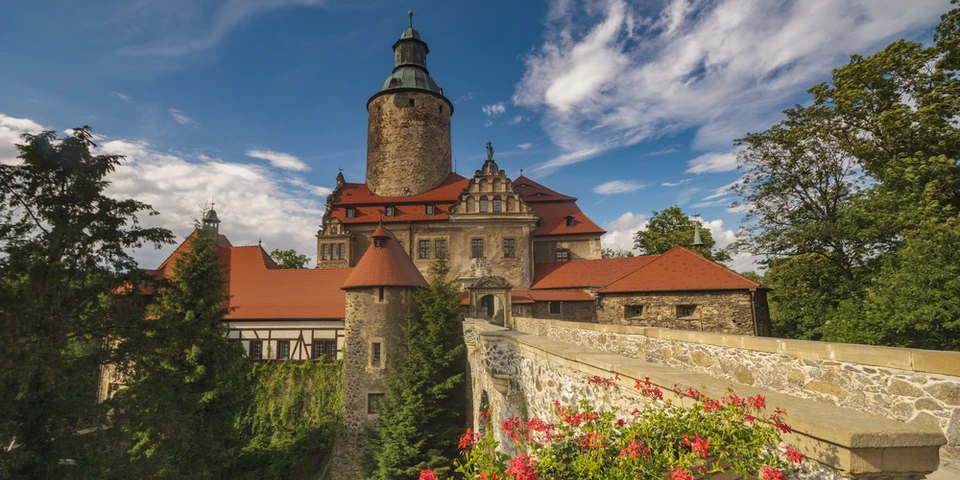
Frýdlant
This medieval town was founded at the same time as the castle of the same name. To this day, Frýdlant is the largest town on the Smědá River. It was granted town rights around 1537. Over the years, the town has changed hands multiple times, but it flourished most during the reign of Albrecht von Wallenstein. As the natural centre of the Frýdlant region, it became home to numerous valuable cultural monuments, leading to its designation as a protected conservation area.
A tip for a trip is the town hall, which was built between 1893 and 1896 according to the design of the Viennese architect Franz Neumann (known as the creator of the town hall in Liberec). The second floor of the town hall houses the town museum, which features an exhibition of the nature and history of the Frýdlant region. A notable curiosity of the museum is a large model of the original town hall, carved by carpenter Kindermann, which was formerly located in the middle of the square.
Be sure to visit the State Castle and Château. The castle is not only one of the city's most prominent landmarks but also one of the most important monuments in Bohemia, representing a combination of a medieval castle and a Renaissance château. The history of the castle dates back to the 13th century and was significantly shaped by Albrecht von Wallenstein, a prominent figure of the Thirty Years' War. The original form of the Gothic castle has only been partially preserved; only parts of the massive buildings and the large cylindrical tower remain. The Renaissance appearance of the castle was gradually acquired at the turn of the 16th and 17th centuries. The Clam-Gallas family first opened the castle premises to the public in 1801. Today, the castle houses collections of porcelain, glass, furniture, and furnishings. The rich collection of weapons, ranging from the Hussite Wars to the 19th century, is as interesting as the castle's picture gallery, which features works by Baroque masters, and the unique collection of pipes.
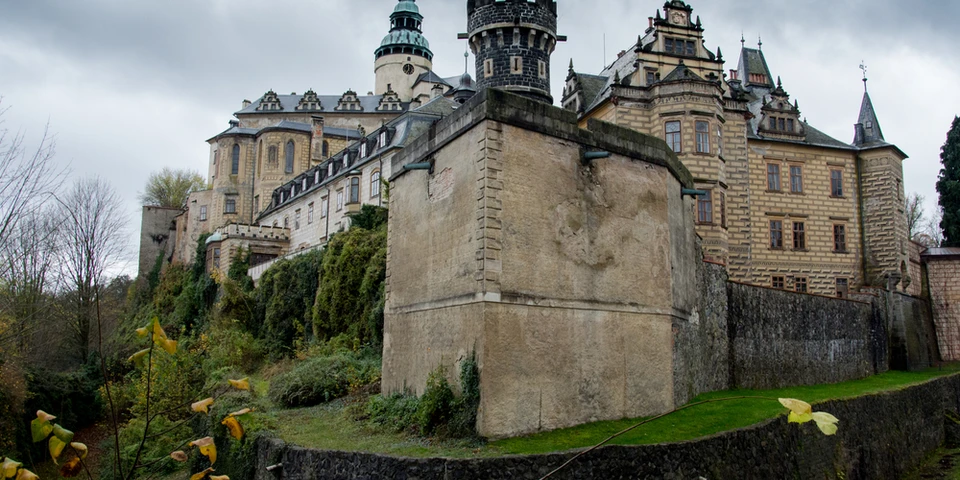
Dresden
The city of Dresden is worth a visit, especially for its monuments, such as the Baroque Pillnitz Castle, built between 1720 and 1723, and the Residenzschloss castle complex. The State Opera, museums, botanical garden and zoo are also interesting attractions. Probably the most famous sites in Dresden are the Zwinger Gallery and the Frauenkirche, which was bombed during World War II.
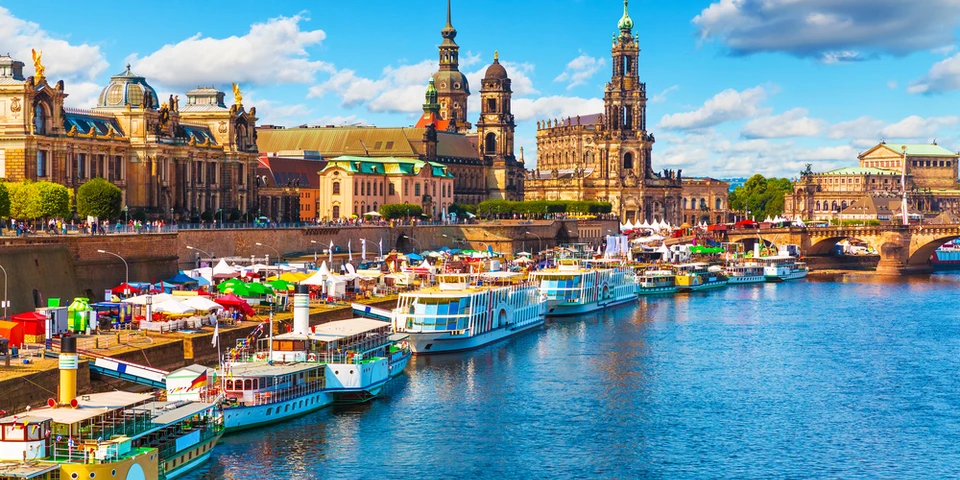
The Giant Barrel
The Giant Barrel is a restaurant located above the town of Lázně Libverda, where you can enjoy a beautiful view of the Jizera Mountains. The building was constructed in 1931 and primarily served spa guests. The design of this building was based on the original Giant Barrel on Mount Javorník, which was destroyed by fire on September 20, 1974. The Giant Barrel is situated along marked hiking and cycling trails. In addition to refreshments, you can also purchase tourist stamps and souvenirs here.
There are only two buildings of this type in the entire country.
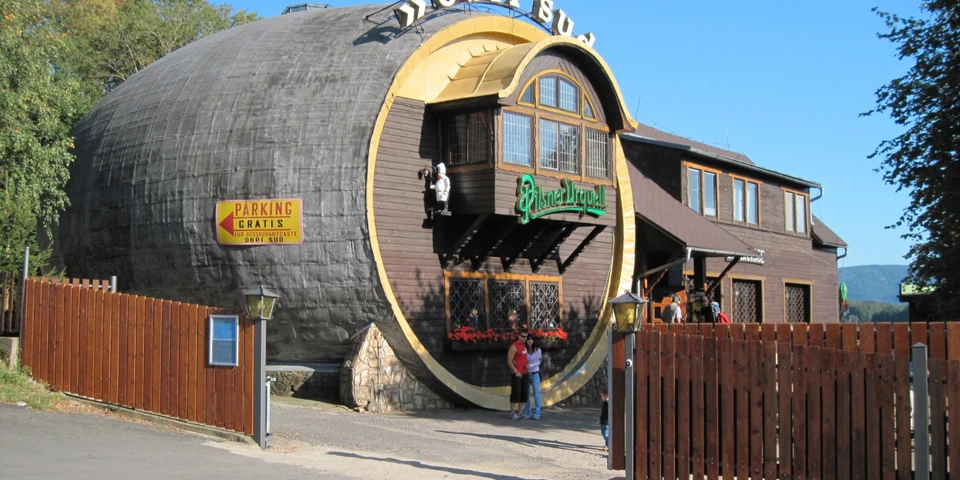
Görlitz
This frontier town, founded in 1071, still preserves its medieval fortifications, including towers and gates. In this German city, you can find up to 4,000 architectural monuments, showcasing styles from Gothic and Renaissance to the Gründer period and Art Nouveau.
Find out more about the culture of this city here.
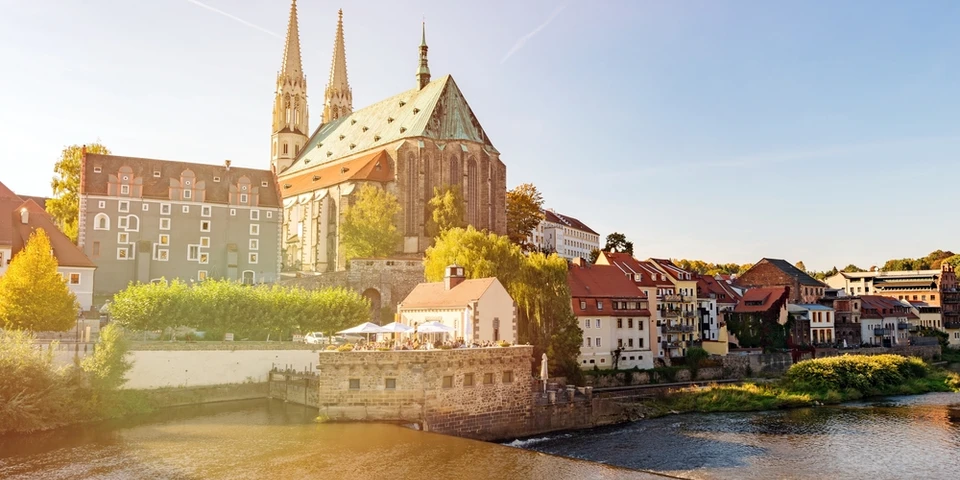
Liberec
Liberec is a beautiful regional city, just half an hour from Libverda. You can combine the tranquility of our resort with the amenities of a big city during the day. The city offers activities for lovers of history and culture, as well as for sports enthusiasts, active tourists, and families with children.
You cannot miss the Liberec City Hall. This Neo-Renaissance town hall was built between 1888 and 1893 according to the plans of Viennese architect Franz Neumann, and it is no wonder that the building resembles the town hall in Vienna. Above the enormous entrance portal, we are drawn to the stone relief representing the founding of the old and new town halls and the balustraded balcony from which many notables have spoken. The 65-meter-high tower, topped with a knightly sculpture, is also noteworthy. Additionally, the richly decorated facades, magnificent stained glass windows, and impressive ceremonial hall deserve our attention.
We also recommend the zoo, the botanical garden and a trip to Ještěd tower.
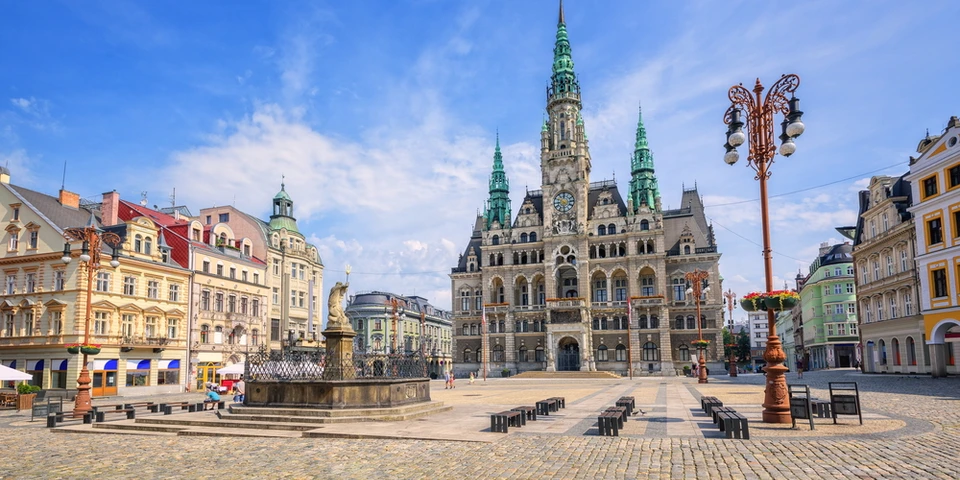
Monastery Hejnice
It is an important pilgrimage town whose history dates back to the 13th century. An important building is the listed Church of the Assumption of the Virgin Mary. The origin of the present church was a Gothic house of the Lord from 1472. Today, Hejnice continues to fulfill its historical role as a traditional place of pilgrimage. The classical music concerts held in the Church of the Assumption of the Virgin Mary are truly unforgettable.
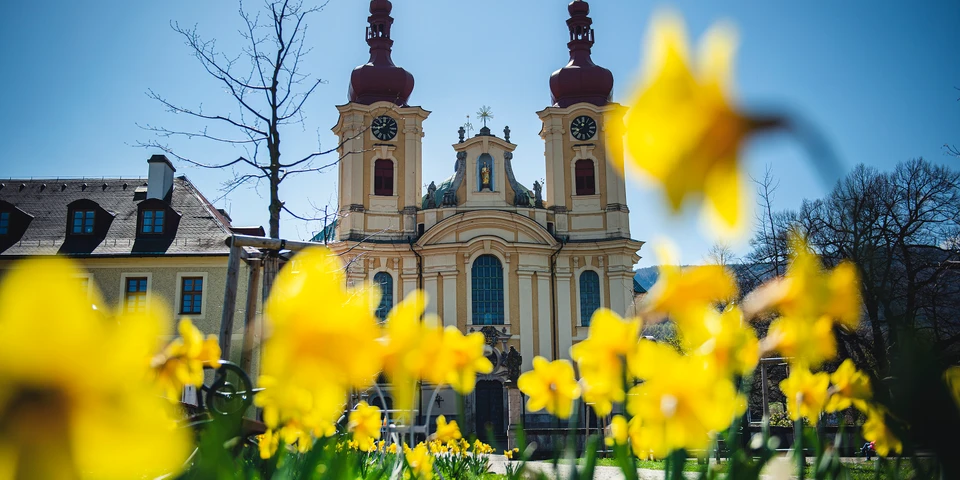
Nové Město pod Smrkem
The town was founded by Melchior of Redern in 1584 for his miners, who extracted tin ore in the nearby Měděnec mountain. As a result of this mining history, many tunnels and shafts now serve primarily as hibernation sites for bats. The oldest building in the town is the Church of St. Catherine, dating from 1607. Also noteworthy is the marble monument to the local parish priest and traveler G. Mendel. Near the railway, there is another church dating from 1911, which is under conservation protection, including its statues. The local museum of history, housed in the town library, features an interesting collection related to the history and nature of the Frýdlant region. Just a few kilometres from Nové Město is the border crossing to Poland. An interesting monument isthe Neo-Renaissance Klinger Villa, shown in the photo, which is used for private purposes.
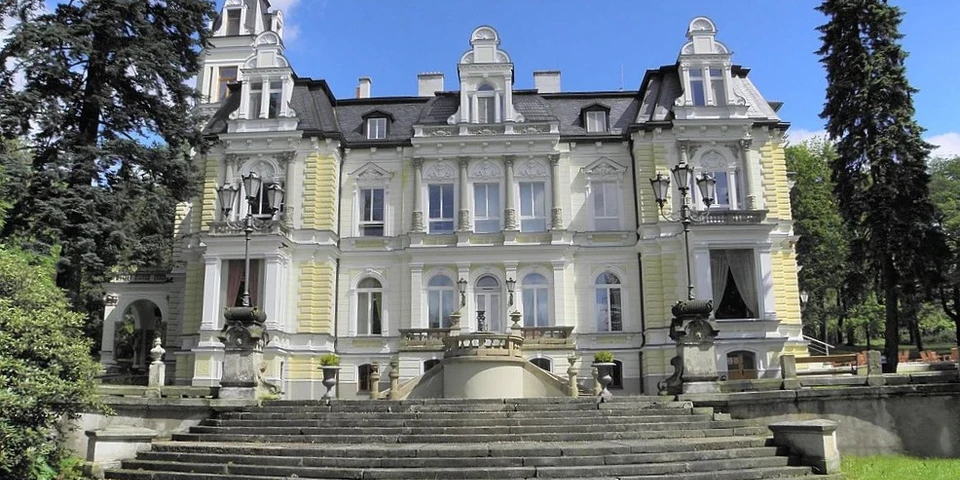
Smrk mountain
Smrk is the highest point of the Jizera Mountains, standing at an altitude of 1,124 meters above sea level, and features a beautiful lookout tower. Originally, there was a wooden lookout tower, 20 meters high, on this spot, which crowned the peak since August 21, 1892. An interesting detail is that the four-storey structure had to be constructed experimentally in the valley and then transported up to the top bit by bit. The lookout tower was in operation for an incredible 50 years, which is unique for such a structure. Soon after the end of the war (in 1946), the structure burned down, and it was not until September 20, 2003, that the new iron observation tower was inaugurated.
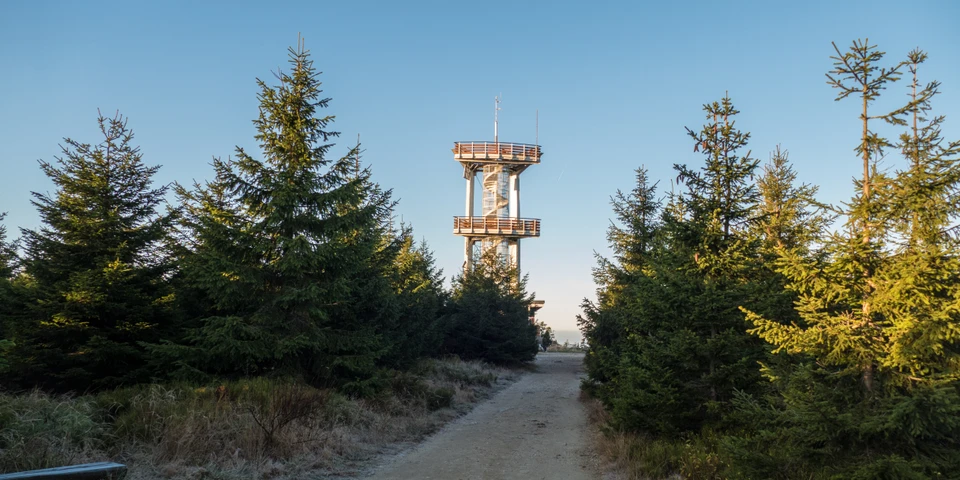
Žitava (Zittau)
It is the gateway to the Zittauer Gebirge, a paradise for climbers, hikers, and nature lovers. It lies at the tri-border of Germany, the Czech Republic, and Poland, at the point where the Mandava River flows into the Lusatian Neisse. Approximately 25 thousand inhabitants live here. The Baroque Noacksches Haus, Johanniskirche, and the Neo-Renaissance town hall are located here. An interesting feature is the municipal coat of arms of Zittau, which consists of a quartered heart-shaped shield with a two-tailed silver Czech lion on a red background in the first and fourth fields, and a black Silesian eagle in the second and third fields.
We recommend combining your trip with a visit to the exceptional Oybin Castle and Monastery (pictured). Details can be found here.
